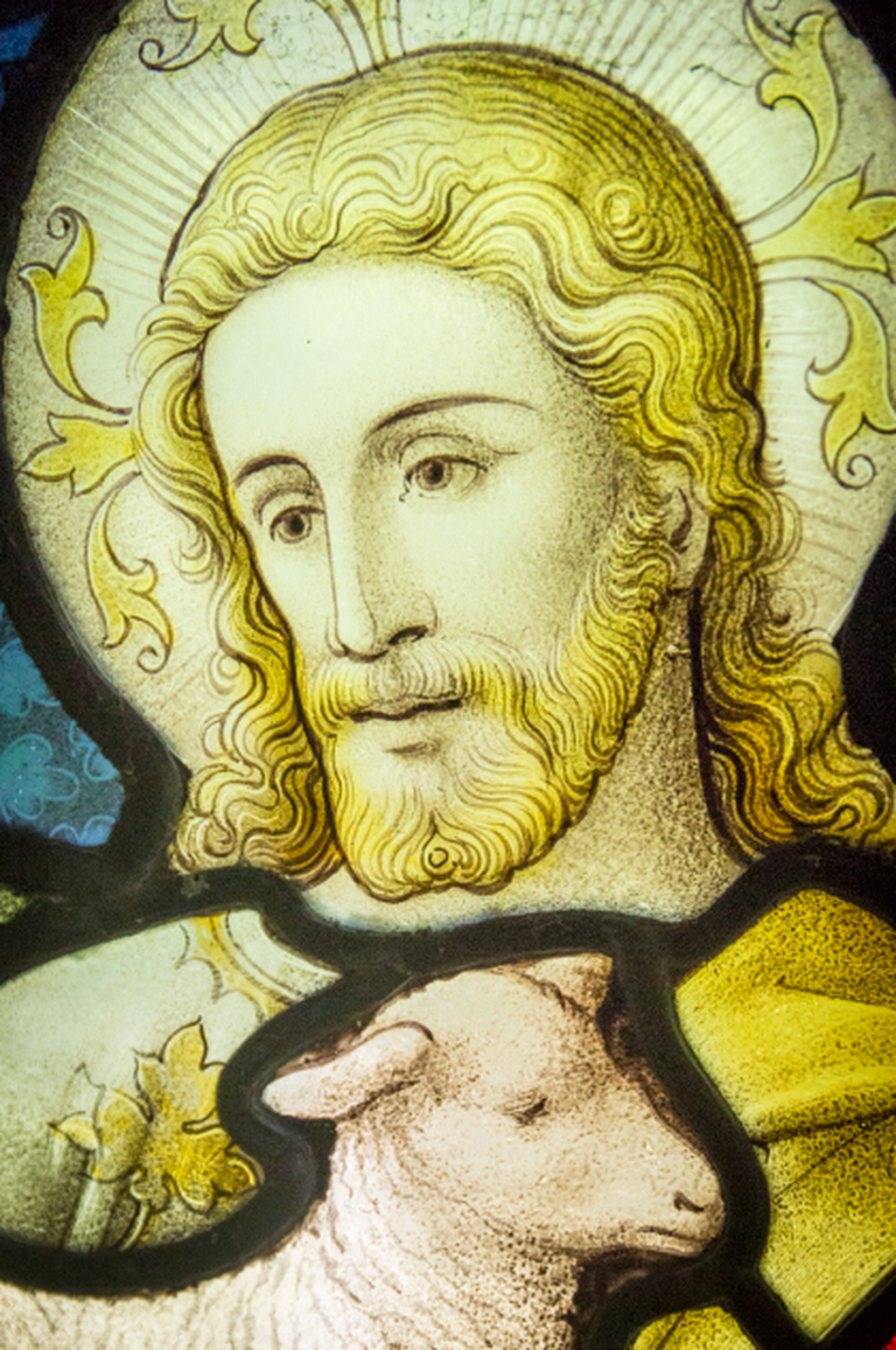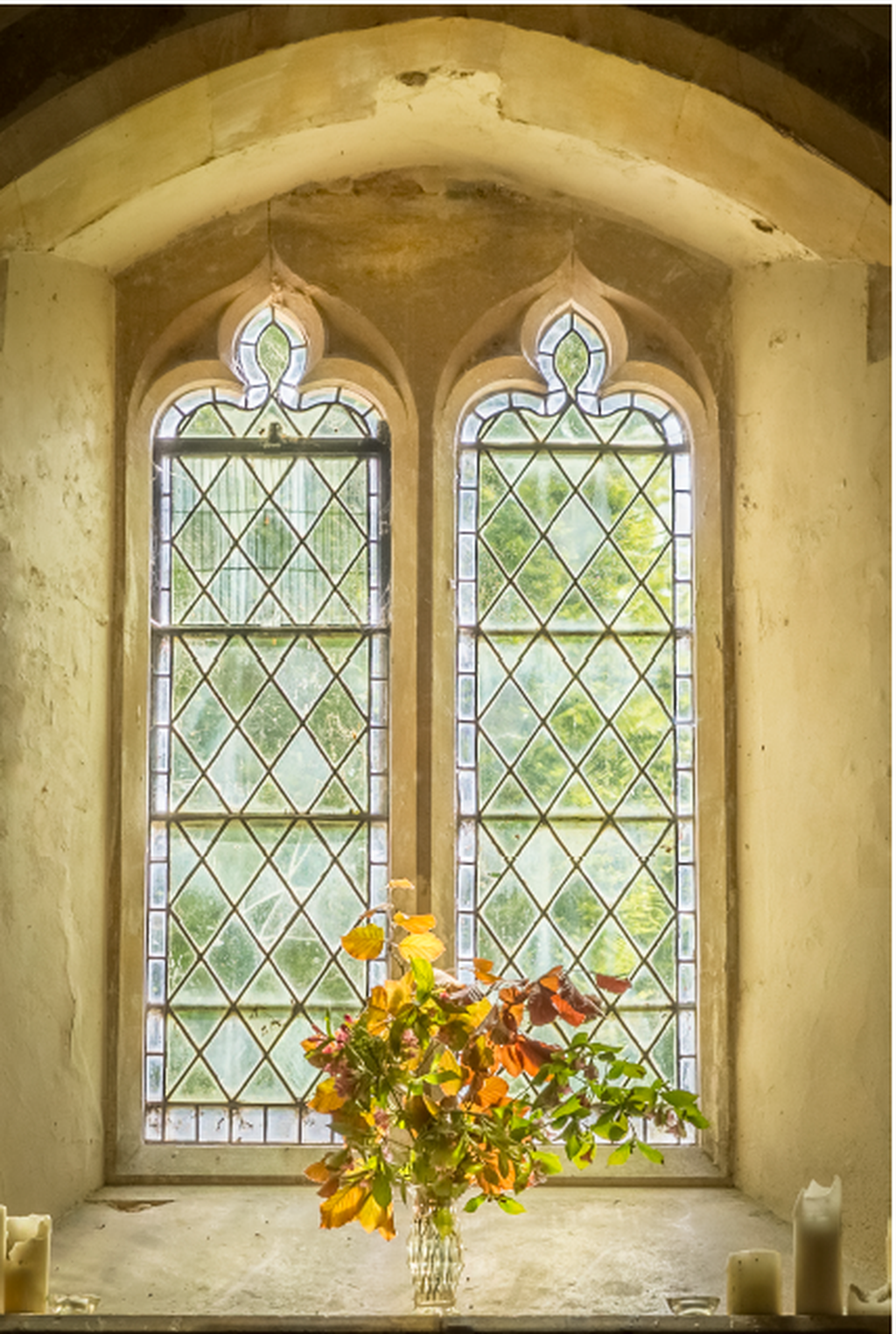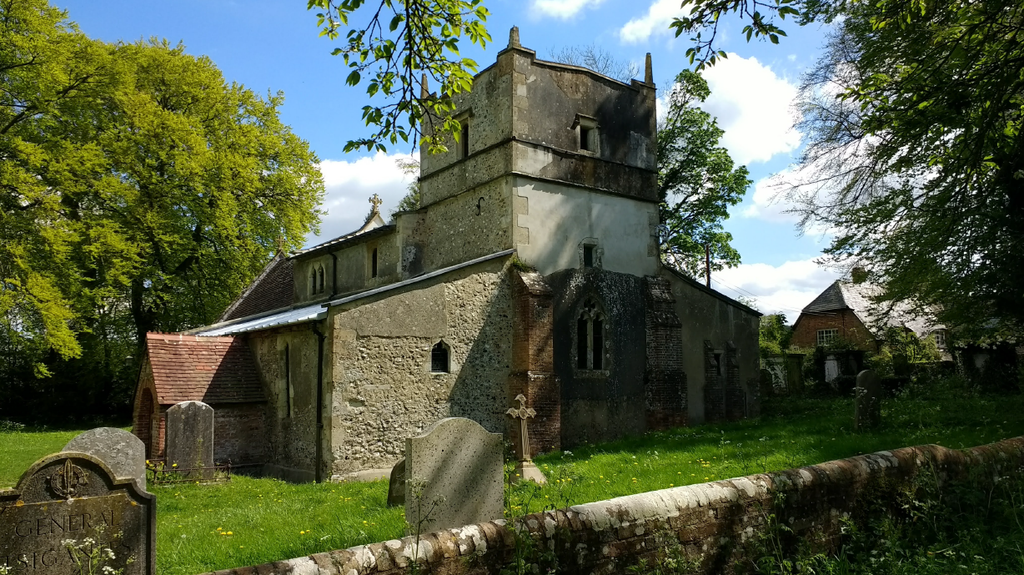St Michael's Tidcombe is a small, much-loved Grade II* church dating from the 12th Century, partially re-built in the 14th Century and features a font that dates to 850 AD and which is still in regular use.
Please follow this URL to St Michael’s entry with Historic England: https://historicengland.org.uk/listing/the-list/list-entry/1299891






